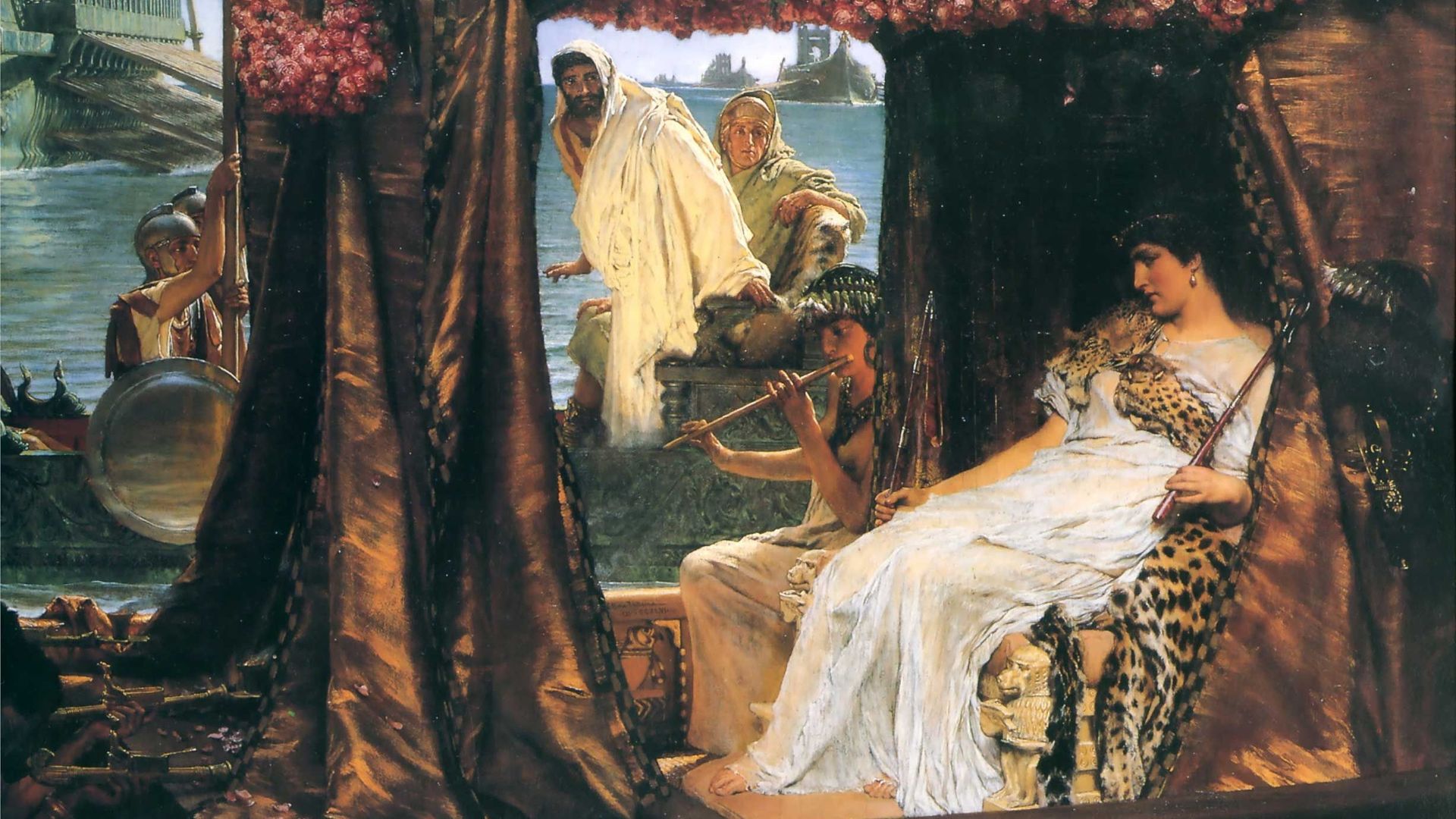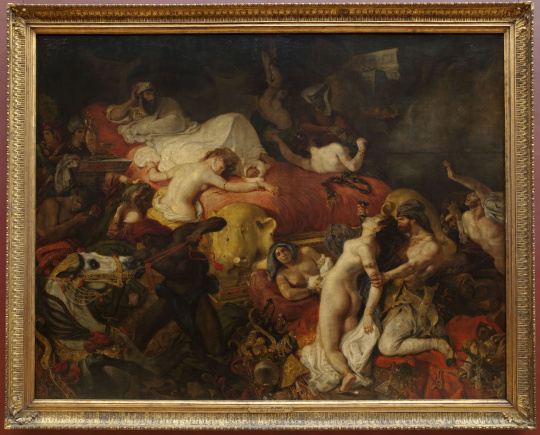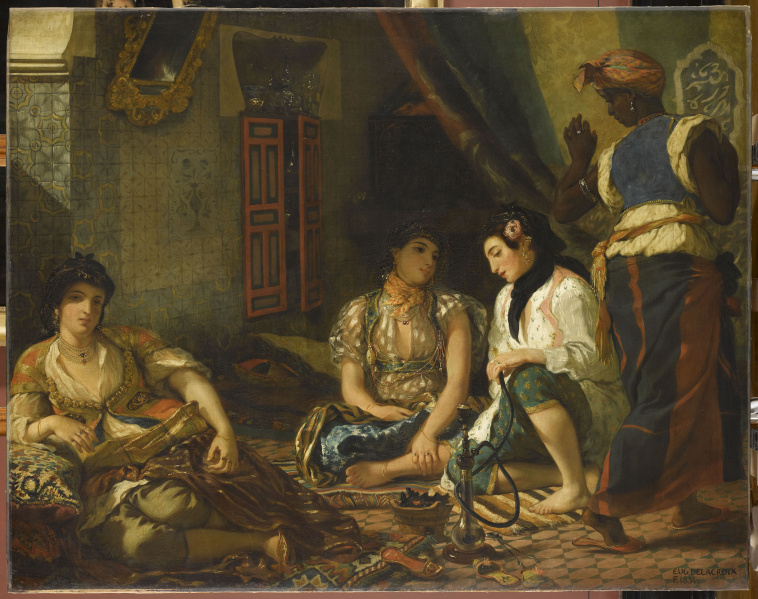“Unlocking Passion: A Critique of the British Museum’s Exhibition on Pompeii and Herculaneum’s Erotic Art”

It is a huge contrast with the Christian society that emerged from the ruins of Rome and still, in many ways – whatever our personal beliefs – shapes the culture of the West. This contrast is sharply illustrated by what happened to the erotic art of Pompeii when it started to be rediscovered by excavators in the 18th century. It was admired but also considered deeply provocative. For a long time, the saucy treasures now on view at the British Museum were kept under lock and key in the “secret cabinet,” a claustrophobic, windowless alcove in the National Archaeological Museum in Naples. This cloistered academy of voyeurism opened permanently to the public only in 2000.”

“Even today, it feels sinful to visit the secret museum. It feels dirty to look at dirty pictures. The ancient Pompeians plainly did not feel like that. The statue of Pan making love to a goat in the British Museum’s exhibit comes from a respectable garden. Yet, without a sense of sin, we, today, would not enjoy sex half as much, and that is why modern sexuality owes more to St. Augustine than it does to the painters of Pompeii.”



.

.
